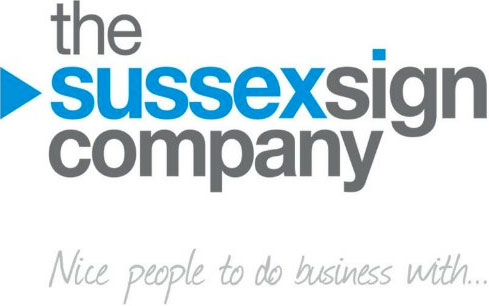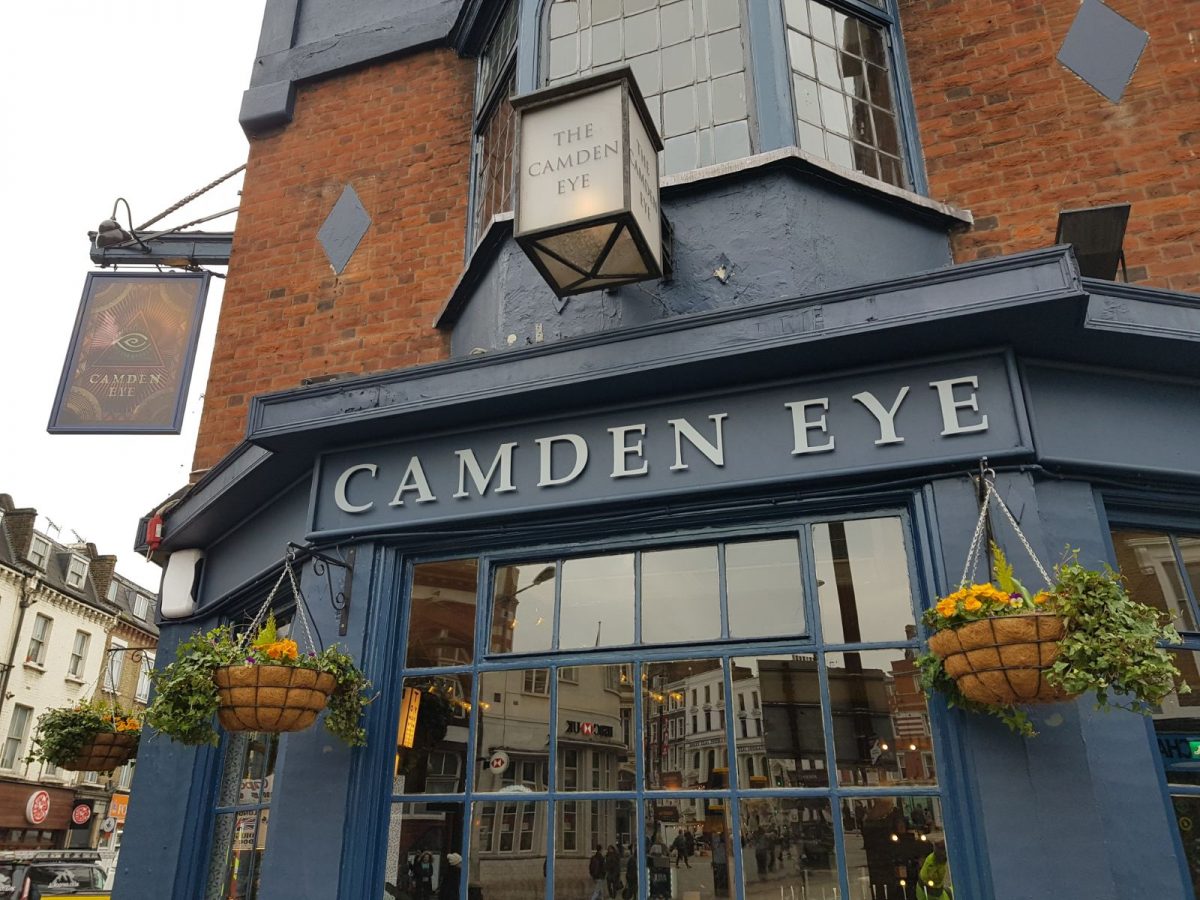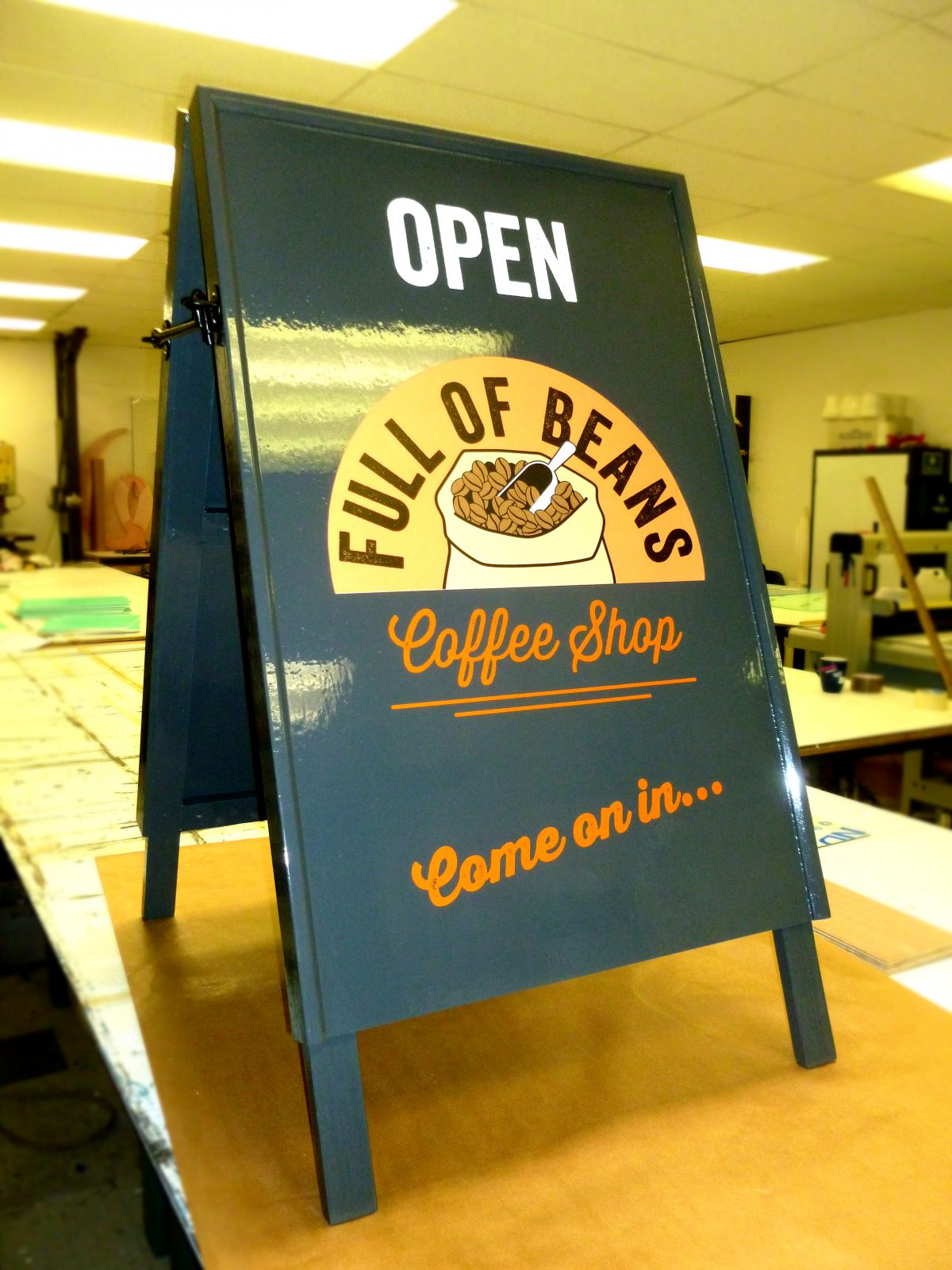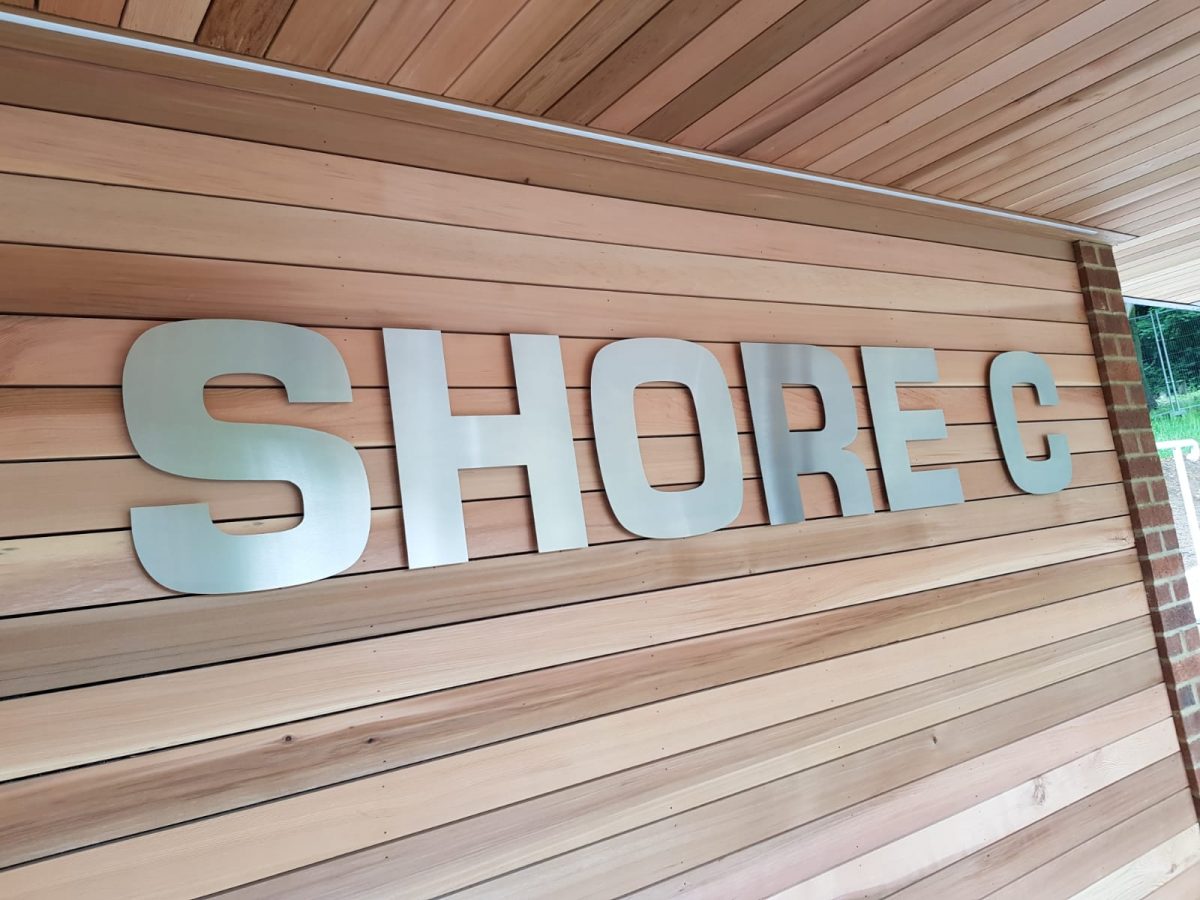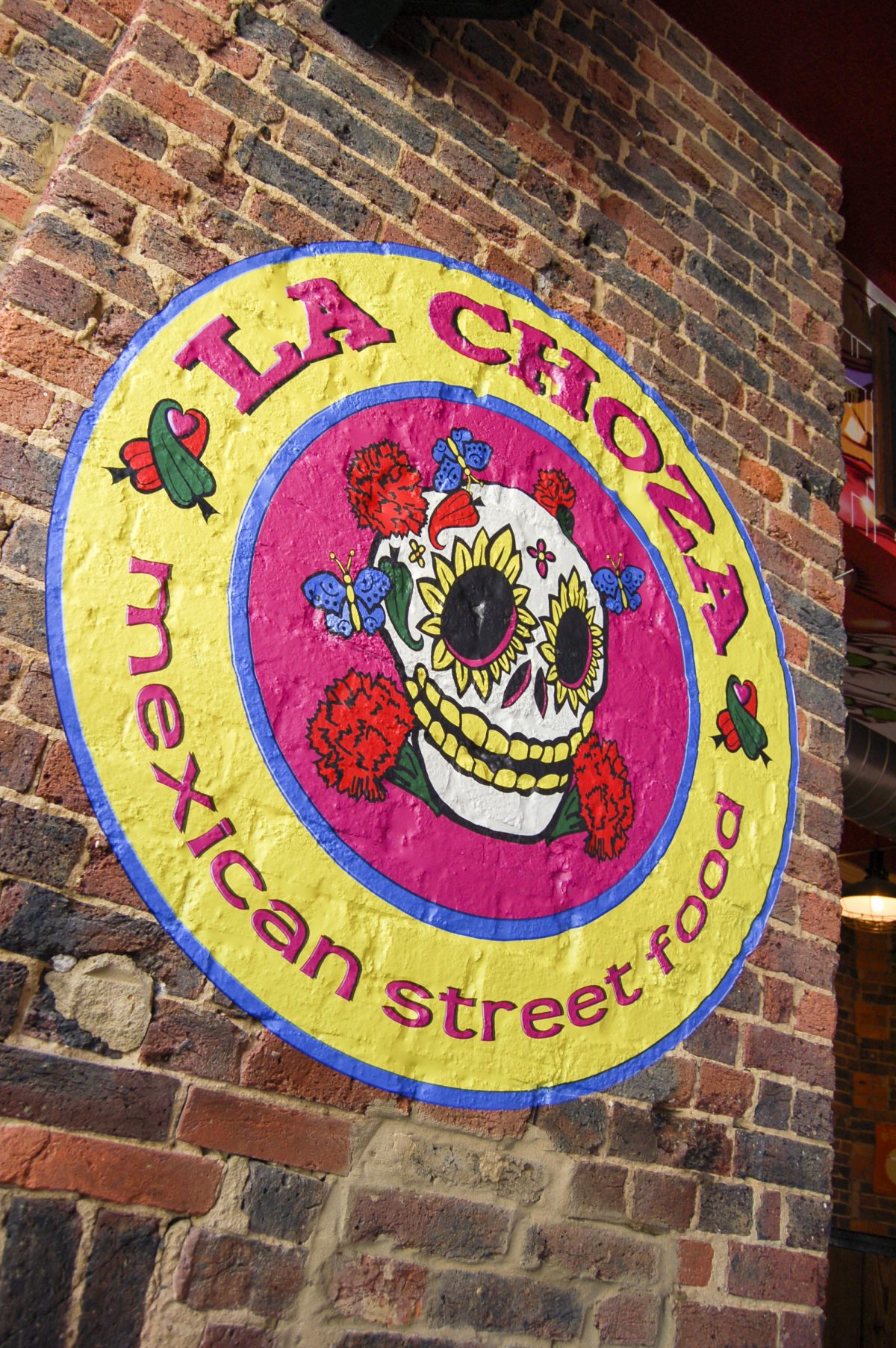If you thought signage was outdated, think again. The printed sign market is predicted to be worth over $47 billion by 2024, thanks to new print technologies and materials. So what are the trends that will be driving the way your London signs look through 2020 and beyond?
Bridging the technology gap
Marketers are reassessing print signs as a way to cut through and bridge the gap between digital and analogue technologies. Signs are recognised for their ability to promote brand recognition and attract customers.
The integration of technologies like Near Field Communication will bring print and digital closer together. Imagine a point of sale sign that your customer could tap with their mobile to receive a discount voucher. These multichannel experiences will be one of the key trends of 2020.
Increasing personalisation
Personalisation will impact on signs in several distinct ways. Customised and personalised print signage that delights and surprises your customers will add a sense of uniqueness to your premises through the use of digital wallpapers that are fully customised for your brand.
But personalisation extends beyond the finished product into every part of the sign making process. Customers are realising the value of working with one company who can walk them through the entire process from design to installation, ensuring the personalised results they require with an improved customer relationship that is responsive to their needs.
Creativity is king
Personalisation, creativity and quality will combine to create concept signs that deliver a complete brand experience.
There’s also a perceptible shift towards the return of minimalism in design, with less being used to do and say more for your brand. Consider Apple, the king of the minimalist brand experience. If your logo, signs and branding elements are due for an overhaul, consider letting less be more.
Continuing cost-effectiveness
A key driver of the market, printed signs will continue to provide a value added, cost-effective solution a range of businesses. The long lifespan of traditional signs, their effectiveness and lower investment make them an attractive alternative to digital signs. Properly installed and maintained, they’ll keep putting your message in the public eye with negligible ongoing costs.
Timely displays
Focused campaigns will move beyond Christmas and summer holidays to embrace a huge range of marketing opportunities. Vinyl window graphics are durable yet lightweight and can be installed in just a few minutes.
Your business will be on trend and responsive to customers’ needs and the graphics can be removed and reused for the next campaign.
Sell with the senses
2020 will see retail develop the customer experience through all five senses, allowing customers to smell, taste and touch products, as well as just see them.
Point of sale displays are the ideal way to encourage customers to interact with a new product and get excited by it. Creative signs are all part of the holistic experience directing customers to the products you want them to experience.
Signage for 2020
At The Sussex Sign Company, we can help your London based business create signs fit for the 2020s, with high quality materials and outstanding design. If you’re ready to harness the power of printed signs for your business, get in touch and our team will be happy to help.
